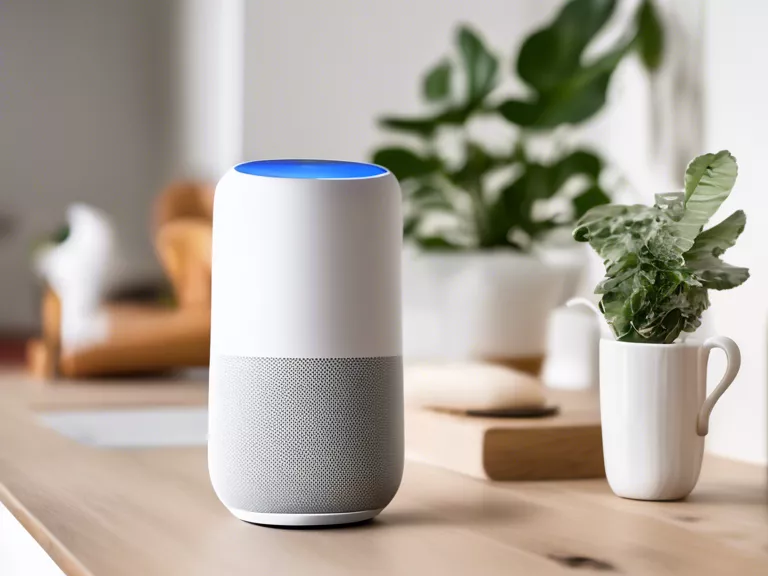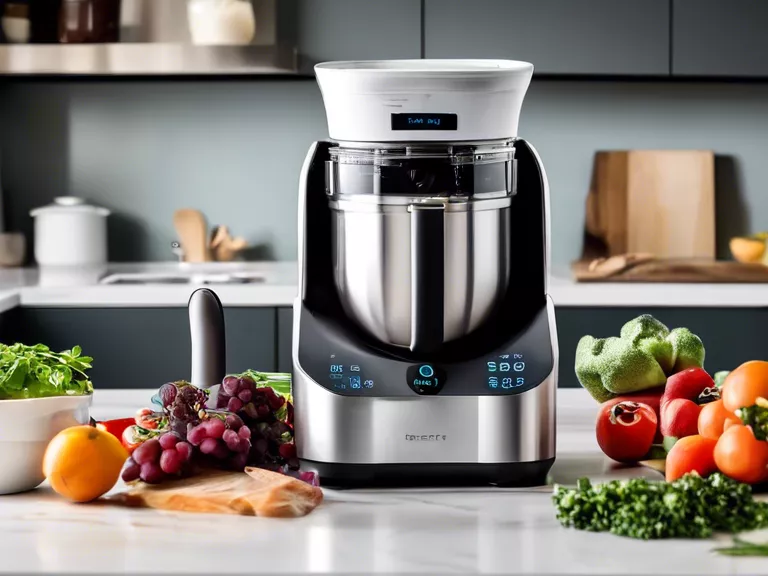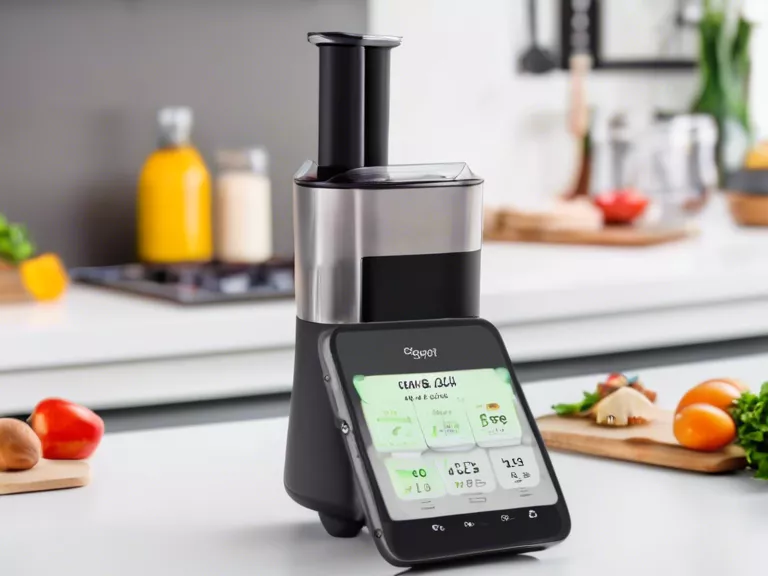
Smart home assistants have become increasingly popular in households around the world, but one challenge they face is accommodating multilingual families. With the rise of globalization and multiculturalism, more and more households are speaking multiple languages on a daily basis. Fortunately, smart home assistants like Amazon Alexa, Google Home, and Apple's Siri are adapting to this trend and are now equipped to understand and respond in multiple languages.
One of the ways smart home assistants are catering to multilingual households is by offering multilingual support. For example, Amazon Alexa can now speak and understand multiple languages, such as English, Spanish, and French, among others. This means that family members who speak different languages can all interact with the device in their preferred language.
Another way smart home assistants are adapting to multilingual households is by providing personalized language settings. Users can now set up their smart home assistant to recognize and respond in different languages based on individual preferences. This feature is particularly useful for families where each member speaks a different language or for households where multiple languages are spoken interchangeably.
Furthermore, smart home assistants are also integrating with language translation services to help facilitate communication in multilingual households. By simply asking the assistant to translate a phrase or sentence, users can easily communicate with each other in different languages without any barriers.
In conclusion, smart home assistants are evolving to meet the needs of multilingual households by offering multilingual support, personalized language settings, and integration with translation services. As more households embrace multiculturalism and multilingualism, smart home assistants are playing a crucial role in helping bridge the language gap and enhance communication among family members.



